As a replacement for cement, aggregate and fiber reinforcement, this aquaculture byproduct has shown great potential to reduce environmental impacts
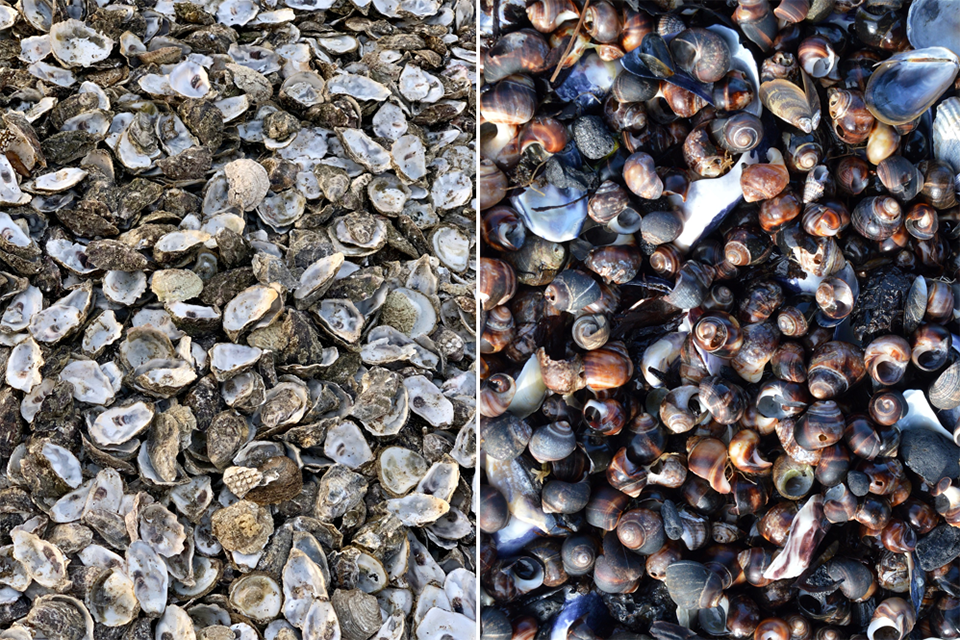
Concrete is one of the most-used building materials in the world. The global annual concrete consumption is close to 17.5 billion metric tons (MT), in which the required aggregate and cement are about 13 billion MT and 2.6 billion MT, respectively. Excessive use of quarrying and mining to collect aggregates leads to the exhaustion of natural resources and directly causes negative impacts on the ecological environment, such as landscape destruction and ecosystem destruction, and pollution. At the same time, cement, the main component of mortar, account for 74 to 81 percent of the total carbon dioxide emissions from concrete production. Cement production processes emit about 1 billion MT of carbon dioxide a year.
To help mitigate environmental impacts by the concrete manufacturing industry, variable alternatives for both aggregate and cement have been investigated extensively in the past decades. For instance, recycled aggregates and fine powders from waste concrete could be employed for preparation of fresh concrete with adequate performance. Industrial wastes such as fly ash, slag, bottom ash and others have also been widely used in concrete. As an emerging substitute of cement, limestone calcined clay cements have drawn increasing attention from the building-material industry.
In recent years, there has been a growing interest in the potential use of agricultural and aquaculture by-products and wastes as substitutes for concrete ingredients. Mollusk shells are rich in calcium carbonate (CaCO3), up to about 95 percent of their composition, but to obtain better quality concrete components, the shells need to be properly treated, such as with high-temperature heating and crushing to obtain the appropriate fineness.
This article – adapted and summarized from the original publication (Wang, W. et al. 2021. Agricultural and Aquaculture Wastes as Concrete Components: A Review. Front. Mater., 11 November 2021) – discusses aspects of the workability, mechanical properties and durability of concrete prepared from aquaculture wastes. Readers interested in the section on agriculture by-products are referred to the original publication.
Oyster shells
Oysters are the world’s largest cultured shellfish group and one of the most important marine biological resources available to humans. Globally, wasted oyster shells could amount to about 200,000 MT per year and contain more than 90 percent calcium carbonate.
Oyster shells can be used as coarse aggregates in concrete. However, a high replacement content of oyster shells may have a negative impact on the long-term strength and elastic modulus [also known as modulus of elasticity, which measures an object or substance resistance to being deformed elastically, that is, non-permanently] of concrete, resulting from the increase of the air content in concrete. When the amount of oyster shell is appropriate, the early compressive strength [the capacity of a material or structure to withstand loads tending to reduce size] of concrete mixed with oyster shells will not decrease. In addition, the elastic modulus of oyster shell concrete decreases with an increase of oyster shell thickness. Considering both strength and workability, the best particle size range for oyster shells as coarse aggregates is reportedly in the range of 10 to 13 mm.
The surface of oyster shell sand is relatively irregular, which means that particle friction is prone to affect the fluidity of cementitious mortar [a cement-based binding material used to stick together building blocks such as stones and bricks] and reduce its working performance during the mixing process. Researchers have reported that when the content of oyster shell sand reached 20 percent replacement of natural sand in cementitious mortar, the compressive strength of cementitious mortar does not decrease significantly. And in terms of long-term durability, the use of oyster shells improves the freeze-thaw resistance and water permeability of the concrete.
The fineness of oyster shells is normally higher than that of other shells. Compared with ordinary mortar, mixing Portland cement [the most common type of cement in general use around the world as a basic ingredient of mortar, stucco, concrete and non-specialty grout] with ground oyster shell reduces the shrinkage rate of the mortar. Specifically, the shrinkage rate of mortar mixed with ground oyster shell is higher than that of mortar mixed with ground periwinkle shell.
Is a Japanese volcano offering us a sneak preview of ocean acidification?
Periwinkle shells
Periwinkle shells are rich in calcium and easily combined with cement products. In the 1990s, periwinkle shells were used to produce medium-strength, lightweight concrete. However, as the content of the periwinkle shells increases, the proportion of cement slurry is not enough to form an effective combination with the periwinkle shells, since a large amount of periwinkle shells with rough surface cannot combine well with the mortar. This will not only reduce the compressive and flexural [or bending] strength, but also reduce the workability and density of the concrete.
Periwinkle shells can be calcined [heating to high temperatures in the absence or limited supply of air or oxygen, generally for the purpose of removing impurities or volatile substances] to produce periwinkle shell ash. Researchers have reported replacing up to 40 percent of cement volume with periwinkle shell ash; that sulfate concentration, periwinkle shell ash content and exposure time all affect the compressive strength of concrete with periwinkle shells; and that when periwinkle shell ash content reaches 10 percent, the concrete shows the best mechanical and durability performance.
Mussel shells
Powdered mussel shells contain 96 percent calcium carbonate and a small amount of impurities, indicating that the limestone obtained from mussel shells can be used as mortar aggregate. The abrasive particles of mussel shells are in the shape of slender needles, resulting in a network structure with small pores in the interior of the mussel mortar, a property that can improve the mechanical properties of concrete.
The compressive strength of the mortar mixed with mussel shells is not as good as the mortar mixed with periwinkle shells and oyster shells. Nevertheless, from the perspective of practical application, the incorporation of mussel shells is sufficient for adequate compressive strength of mortar. By mixing ground mussel shells with mortar, the water consumption of the mortar can be reduced while improving other characteristics of the resulting mortar.
Researchers reported that the organic matter in mussel shells could reduce the aggregate-slurry bonding force, increase the porosity, and affect the hydration process in concrete. In addition, the presence of organic matter can delay the coagulation and increase the viscosity of the slurry, thereby reducing the fluidity of the mixture.
Scallop shells
Use of scallop shells may increase the porosity of concrete but the performance of scallop shell concrete can be improved by adjusting the mixing ratio. The chitin [a complex sugar] on the surface of scallop shells can be beneficial to the freeze-thaw resistance of concrete, supporting further research on novel building materials that can better cope with low-temperature conditions.
Perspectives
Different agricultural and aquaculture wastes are both currently showing great potential for use in the concrete industry. Different potential uses include cement replacement, aggregate replacement and fiber reinforcement. The characteristics of these wastes can basically meet the requirements for substitution of different functional concrete components.
From the perspective of profitability, agricultural and aquaculture waste can contribute extremely low-cost materials to produce concrete. Most of these wastes can improve the working performance, mechanical properties, and durability of concrete. However, the incorporation of these wastes may also reduce certain properties of concrete (such as workability, strength and durability and other characteristics). The mechanical and durability performance of the concrete with these wastes can be improved by controlling the amount of the waste incorporated.
The selection of waste materials also affects the performance of waste concrete. For example, waste materials from different regions and different ageing can have very different properties. Different pre-treatment methods for waste materials will also change and cause corresponding deviations in test results. Therefore, selecting appropriate test materials and adopting appropriate pre-treatment methods will help improve the mechanical properties and durability of waste components in concrete.
Agricultural waste and aquaculture waste have great potential value in the development of environment-friendly concrete. Making full use of these byproducts can not only reduce the environmental pressure caused by waste accumulation, incineration and landfilling, but also prevent the depletion of natural resources and shortages caused by excessively quarrying and mining aggregate, as well as the ecological environment pollution caused by carbon dioxide emissions. In the future, more and more wastes will be reused in the field of building materials and supporting more sustainable development.
Now that you've reached the end of the article ...
… please consider supporting GSA’s mission to advance responsible seafood practices through education, advocacy and third-party assurances. The Advocate aims to document the evolution of responsible seafood practices and share the expansive knowledge of our vast network of contributors.
By becoming a Global Seafood Alliance member, you’re ensuring that all of the pre-competitive work we do through member benefits, resources and events can continue. Individual membership costs just $50 a year.
Not a GSA member? Join us.
Authors
-
Wei Wang
Xi’an Research Institute of High-Tech, Xi’an, China
-
Wuyou Wei
Xi’an Research Institute of High-Tech, Xi’an, China
-
Shan Gao
Corresponding author
School of Civil Engineering, Harbin Institute of Technology, Harbin, China; and School of Civil Engineering, Xijing University, Xi’an, China -
Guiming Chen
Xi’an Research Institute of High-Tech, Xi’an, China
-
Jian Yuan
Xi’an Research Institute of High-Tech, Xi’an, China
-
Yu Li
School of Civil Engineering, Xijing University, Xi’an, China; and Gansu Institute of Architectural Design and Research Institute, Lanzhou, China
Tagged With
Related Posts
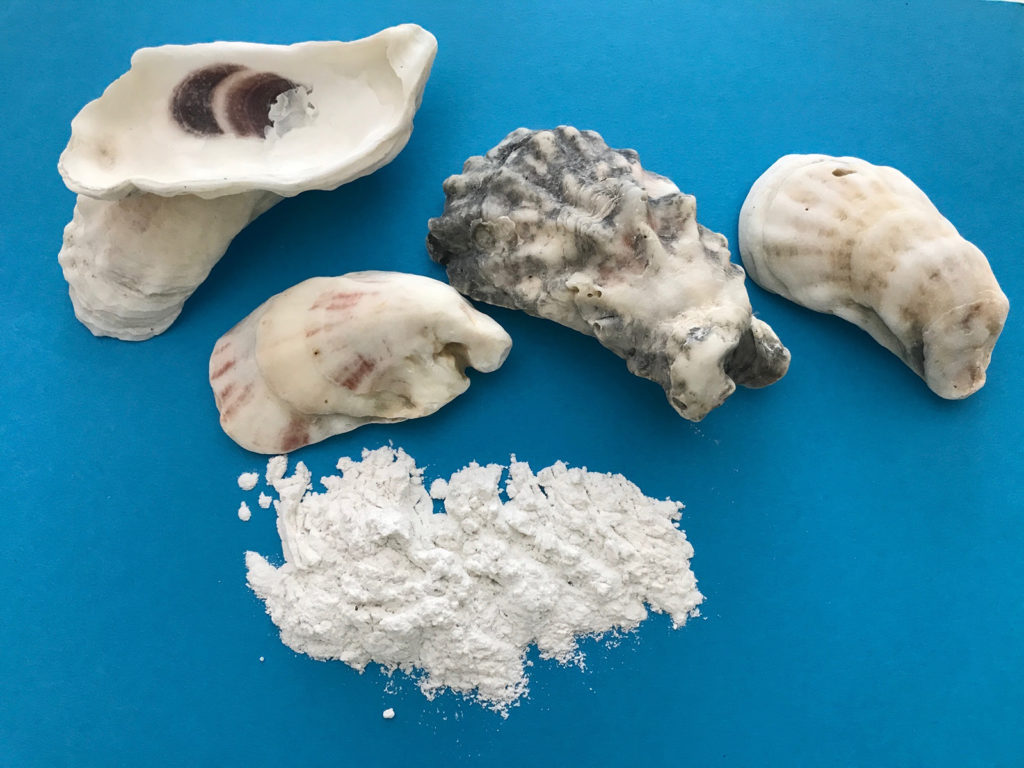
Innovation & Investment
Can an oyster-shell paint help rethink artificial reefs?
North Carolina company Shellbond seeks to commercialize a creative product made from shells, believing it could transform oyster farming.
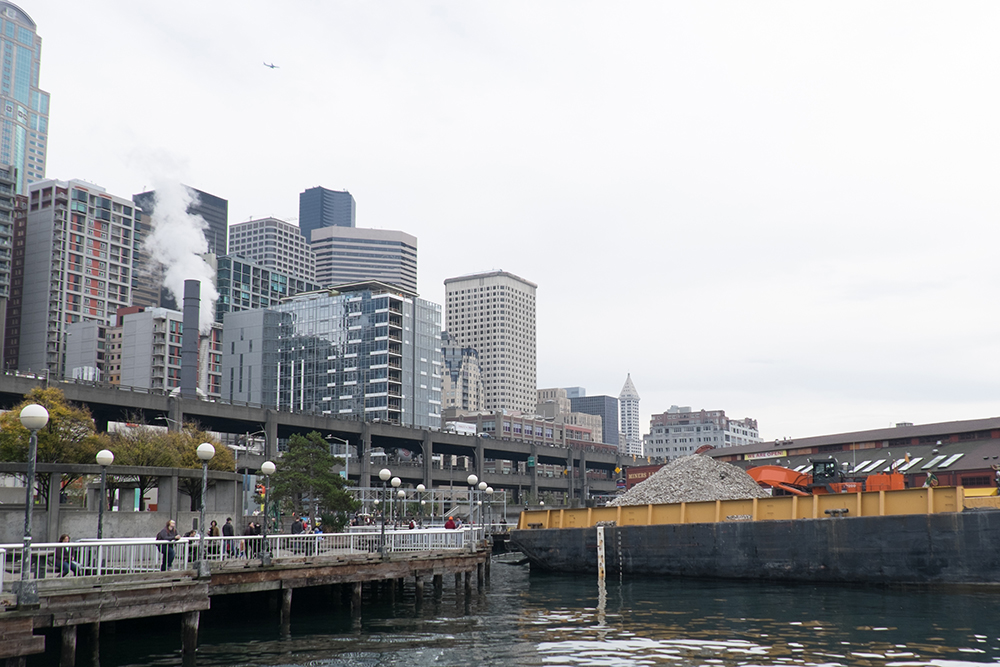
Innovation & Investment
We built this city on oyster shells
When Seattle decided to rebuild the seawall separating its waterfront from Puget Sound, it turned to a bivalve byproduct for a unique, environmentally friendly material for an hospitable marine habitat. The city wanted its design and materials as pragmatic and beneficial for its underwater residents as for those using the parks, paths and services above ground.
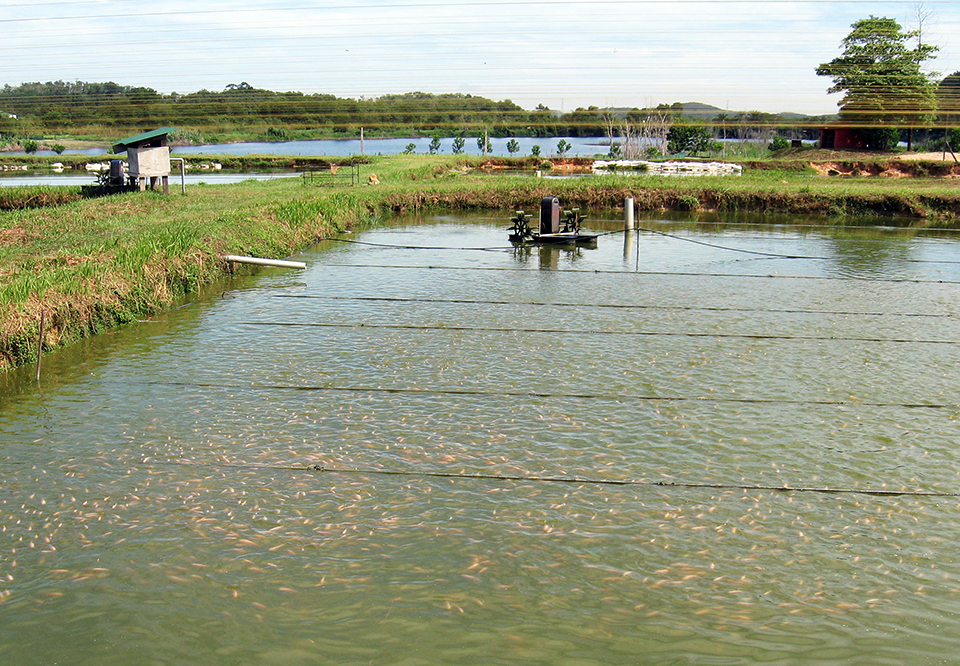
Responsibility
Assessing the carbon footprint of aquaculture
A carbon footprint is an estimate of the total carbon emissions resulting from the production, use and disposal of a product or service. Carbon footprints for aquaculture products result mainly from the use of manufactured feed and mechanical aeration.
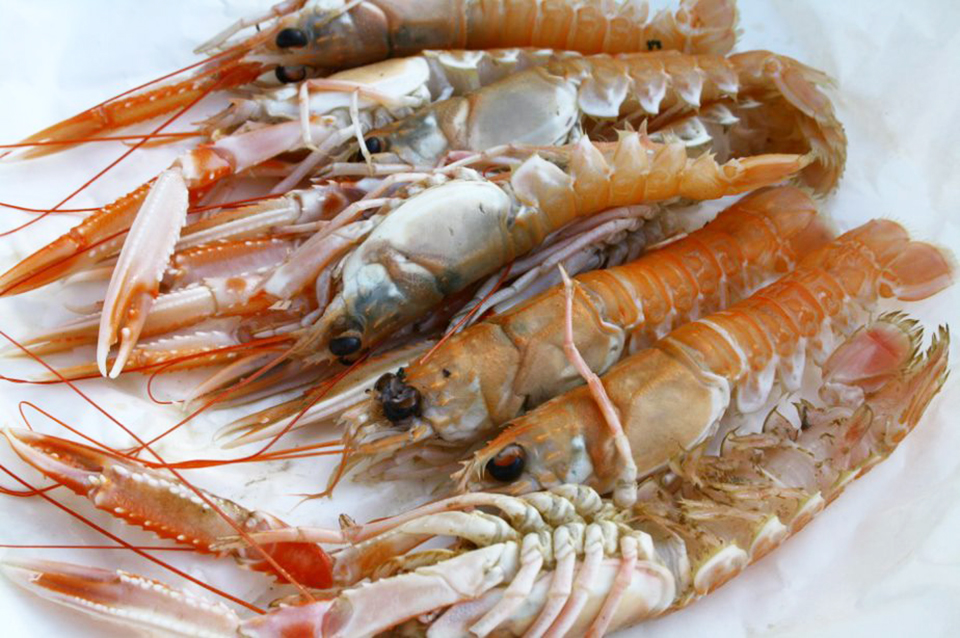
Innovation & Investment
Plastic 2.Ocean: Seafood packaging, made from shellfish
A new type of chitosan-based bioplastic, made from shellfish shells, emerges as a potential solution for global food waste and marine plastic pollution.



